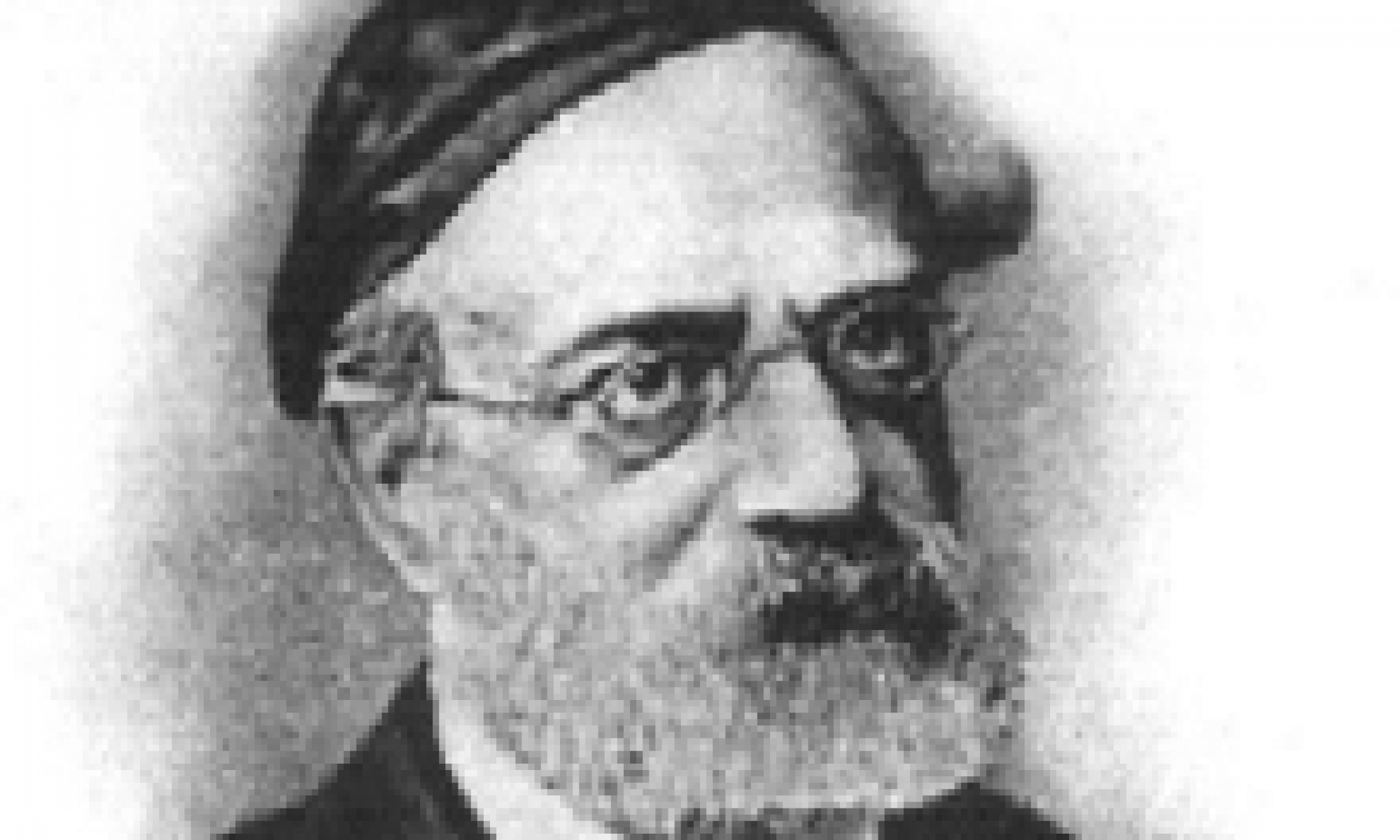The offerings of Kayin and Hevel predate polytheism and idolatry, thus proving that offerings are not a concession to what was commonly practiced at the time of the giving of the Torah. (This is the Rambam’s view. The Ramban here proves him wrong. RSRH often sides with the Ramban. – GS)
Outside the temple מנחה means gift. In the temple it is a flour and oil offering. Throughout the book of Malachi, like here, מנחה is used to describe an animal offering.
The root of מנחה is probably נחה. נחה means “to lead”. Perhaps the meaning of the מנחה offering is to submit to the authority of God (saying to God that He leads us). If this is correct, the מנחה is a sign of homage.
Beraishis 4:3
pages 125-126


